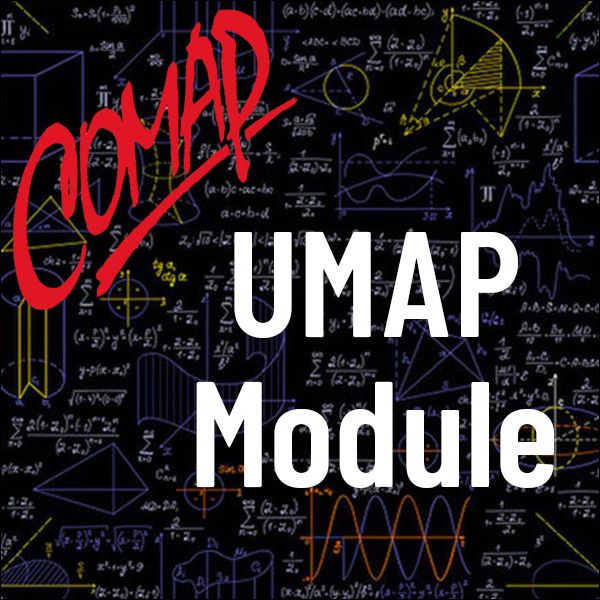Immunological and Epidemiological HIV/AIDS Modeling (UMAP)
Author: Paul A. Isihara, Dept. of Mathematics with Andrew Barker, Jordan Hostetter, Michael Hubbell, Kyle Hunsberger, Kimberly Waite, Rebecca Wilson
This module applies ordinary differential equations to both immunological and epidemiological aspects of HIV/AIDS modeling. For each aspect, a basic system that describes the growth of HIV/AIDS in the absence of countermeasures is introduced. It then explains how the basic model can be modified to predict the effectiveness of intervention programs to counter the spread of HIV/AIDS.
Table of Contents:
INTRODUCTION
THE HUMAN IMMUNE SYSTEM
BACKGROUND IN DIFFERENTIAL EQUATIONS
Exponential and Logistic Growth
Exponential growth
Logistic growth
Equilibrium
Stability of an equilibrium
Linear and Bernoulli Equations
The Bernoulli equation
Solving the general linear equation
Linear Systems
Autonomous linear systems
Equilibrium
Stability
The method of eigenvalues
Nonlinear Systems
Equilibrium in nonlinear systems
Stability
T-CELL AND HIV VIRAL DYNAMICS
Basic Model Formulation and Assumptions
Numerical Analysis
Equilibrium Analysis
Chemotherapy Treatment
Discussion
THE HIV/AIDS EPIDEMIC
Basic Model Formulation and Assumptions
Analysis
Intervention Strategies
Vaccination Model
Discussion
THE ON GOING CHALLENGE
SOLUTIONS TO SELECTED EXERCISES
APPENDIX: MATHEMATICA PROGRAM
REFERENCES
ABOUT THE AUTHORS

Mathematics Topics:
Application Areas:
Prerequisites:
You must have a Full Membership to download this resource.
If you're already a member, login here.